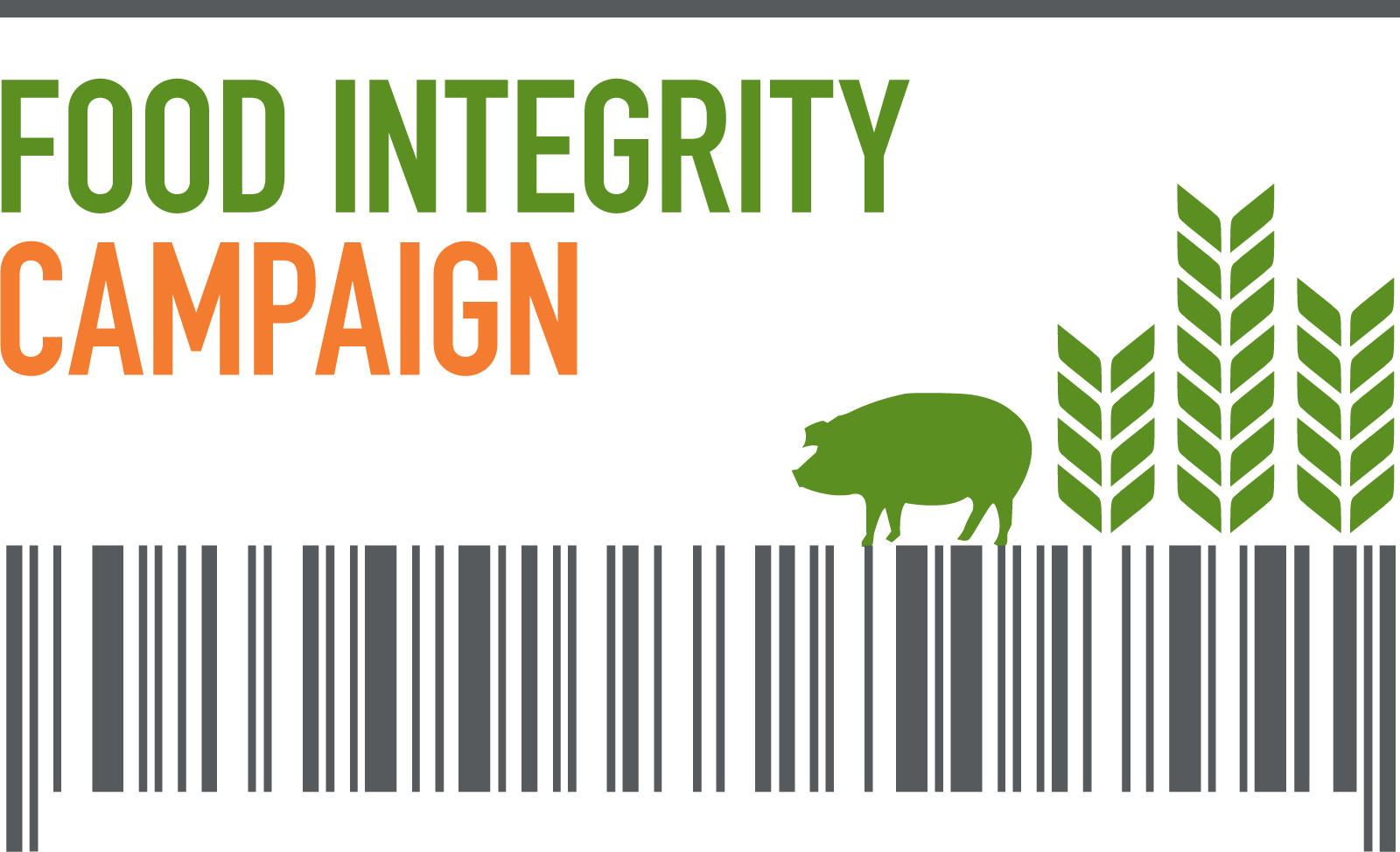

Reacting to public outcry and extreme concentration of power and monopolies in the meat industry, Congress passes the Packers and Stockyards Act (PSA). The PSA is a set of laws designed to prevent big companies from abusing their power – for example by squeezing farmers and ranchers for profits through unfair pay schemes. The PSA formally established the Packers and Stockyards Administration, an agency bound to enforce the new laws.
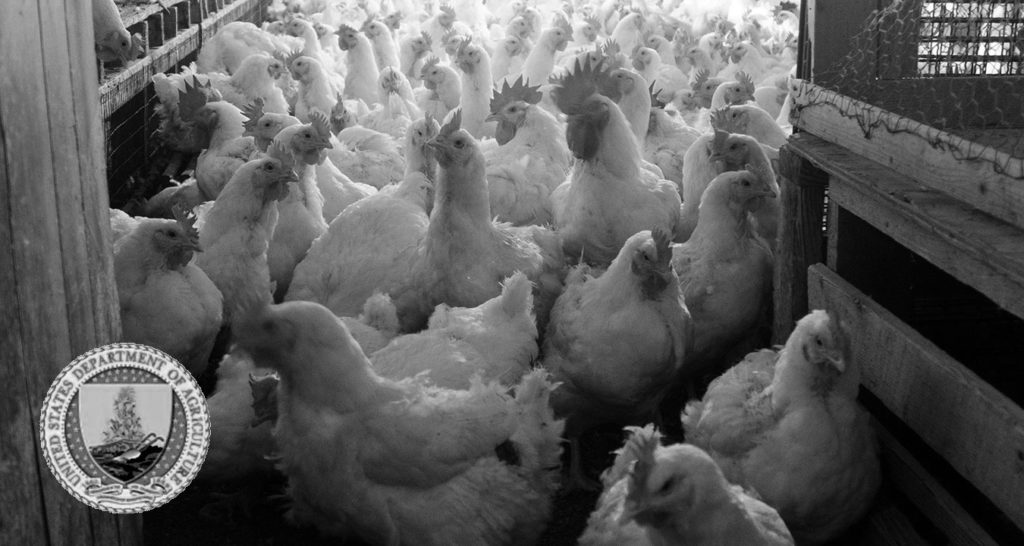
Following pressure from farmers and their advocates, live poultry dealers are added to the Packers and Stockyards Act, giving USDA authority to also oversee big companies’ practices in the chicken industry.

Technology drives forward a new trend of widespread concentration in meat and poultry. The “Confined Animal Feeding Operation” or CAFO starts to take hold across these industries. A CAFO is an enclosed house where livestock and poultry are kept, watered, and fed, and enables thousands of animals to be housed in a small amount of space.
The CAFO boom contributes to rapid concentration in the industry, as farms get bigger and fewer in number. Companies increasingly become “vertically integrated” – meaning they own every aspect of the production chain, except the farm itself, from hatching the chicks and producing the feed to slaughtering, packaging and branding the final product.
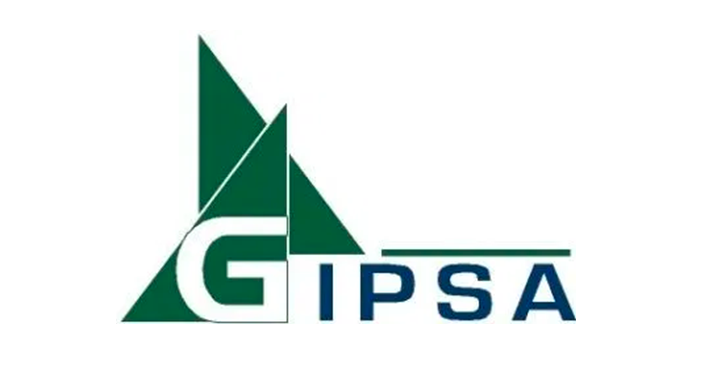
As part of a reorganization at USDA, the Packers and Stockyards Administration was merged with the Federal Grain Inspection Service, creating a new agency: the Grain Inspection, Packers and Stockyards Administration (GIPSA). GIPSA continued to hold the authority and responsibility for oversight of livestock and poultry companies, and enforcement of the Packers and Stockyards Act of 1921.
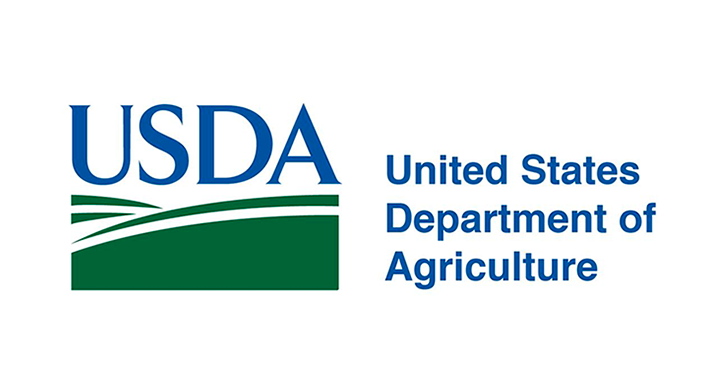
Despite the existence of the PSA laws, the increasing power of major meat companies takes a toll and decades passed in which USDA lacked political will to enforce these laws on behalf of farmers and ranchers. The agency responsible for enforcing the PSA was at this time GIPSA.
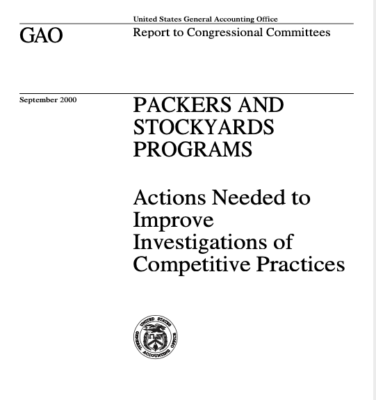
The Government Accountability Office (GAO) released a report highlighting several failures of Grain Inspection, Packers and Stockyards Administration (GIPSA) to protect farmers under the 1921 Packers and Stockyards Act (PSA). These included failure to investigate farmer cases, and failure to investigate companies’ anti-competitive practices.
In the 2008 Farm Bill, Congress responded to outcry from farmers, ranchers, and farm advocates, and demanded that USDA develop new rules to clarify the PSA. Ensuring that the protections for farmers and ranchers would be enforced in today’s modern industry climate.
USDA releases a set of draft rules for public comment, based on the 2008 mandate from Congress. Often referred to as the “GIPSA Rules,” they receive over 61,000 comments, the majority in support of the rules, many coming directly from farmers and ranchers themselves.

Sensing that regulation was inevitable, industry lobbyists took a back-door approach to block these rules from becoming law. For five years in a row the industry heavily lobbied individual members of Congress to add the infamous “GIPSA Riders” into the budget appropriations process, preventing USDA from releasing the rules.
An episode of the popular Last Week Tonight with John Oliver exposes the undemocratic GIPSA Rider corruption, calling out individual lawmakers for the first time in a widespread public platform.
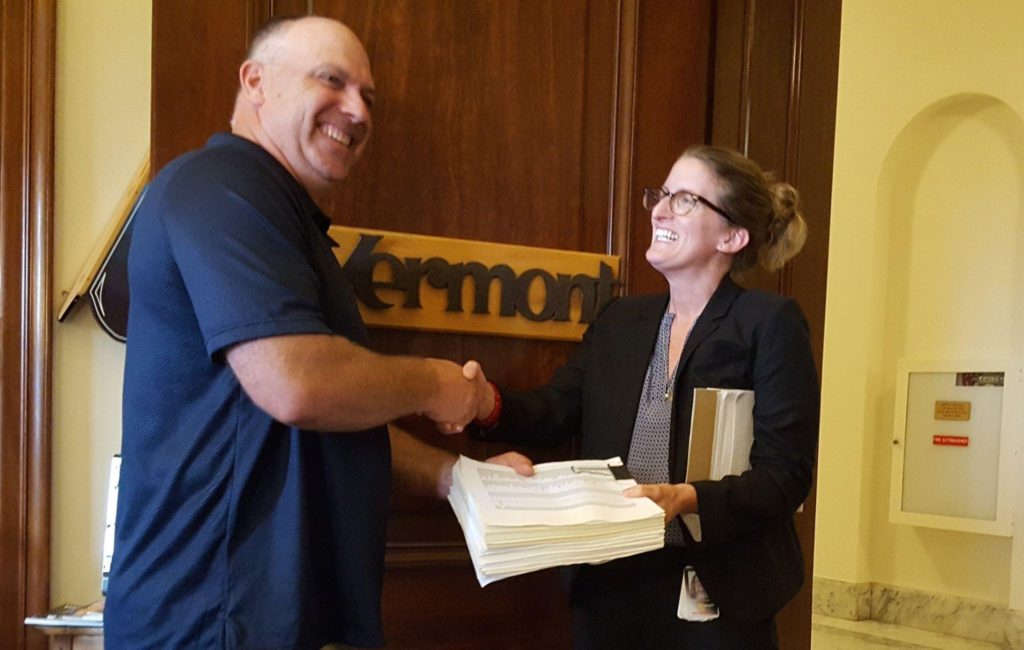
Farmers and advocates are finally able to hold members of Congress accountable during the 2015 appropriations process, and the budget passes without a GIPSA rider, allowing USDA to finally finish their rulemaking process.

In the final weeks of the Obama Administration, USDA releases a reduced set of three rules, known now as the “Farmer Fair Practice Rules” that center on key issues from the original 2008 Congressional mandate in the Farm Bill. These include issues like ensuring that farmer pay is fairly calculated, and ensuring that companies cannot retaliate against farmer whistleblowers for speaking out about industry conditions.

Shortly after stepping into office, Sonny Perdue and the Trump Administration permanently discard the Farmer Fair Practice Rules, before they ever make it into law.
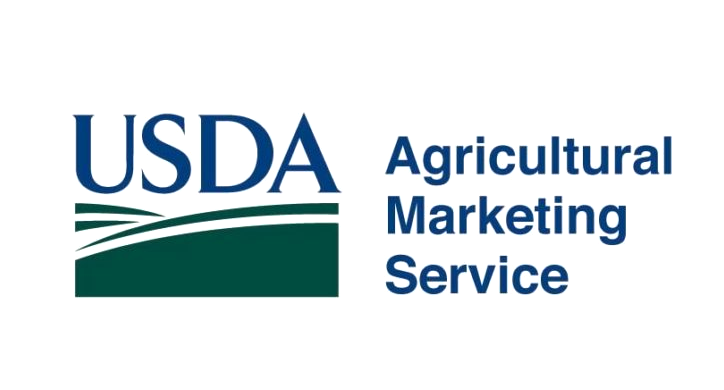
In 2017, at the same time the Farmer Fair Practice Rules are permanently discarded, GIPSA gets a demotion. The new Trump Administration moves oversight of the powerful meat and chicken companies from having a self-standing agency within USDA, to being buried within the Agricultural Marketing Service. Essentially, GIPSA was moved to a branch of USDA that normally collaborates with companies, and does not normally conduct oversight of companies. This move signals a retreat from the decades-long effort to ensure that farmers and ranchers are justly protected by the PSA.

December 10, 2020 — USDA releases a watered-down, single rule, the only one remaining from the original 2010 Farmer Fair Practice Rules that the Trump Administration did not discard. This rule has been widely criticized for being too weak to ensure enforcement of the PSA, and failing to address farmer and rancher concerns that have been voiced for decades.

July 9, 2021 — President Biden signed an Executive Order (EO) directing federal agencies, including the U.S. Department of Agriculture (USDA), to act on 72 different policy initiatives to promote fair and competitive markets. In the Executive Order it directs USDA to publish a package of three Packers and Stockyards Act (PSA) regulations, to update and complete the work that President Obama started in 2010 through the Farmer Fair Practices rules. Among several demands to improve the industry, the Executive Order calls on USDA to “[adopt], to the greatest extent possible and as appropriate and consistent with applicable law, appropriate anti-retaliation protections, so that farmers may assert their rights without fear of retribution.”
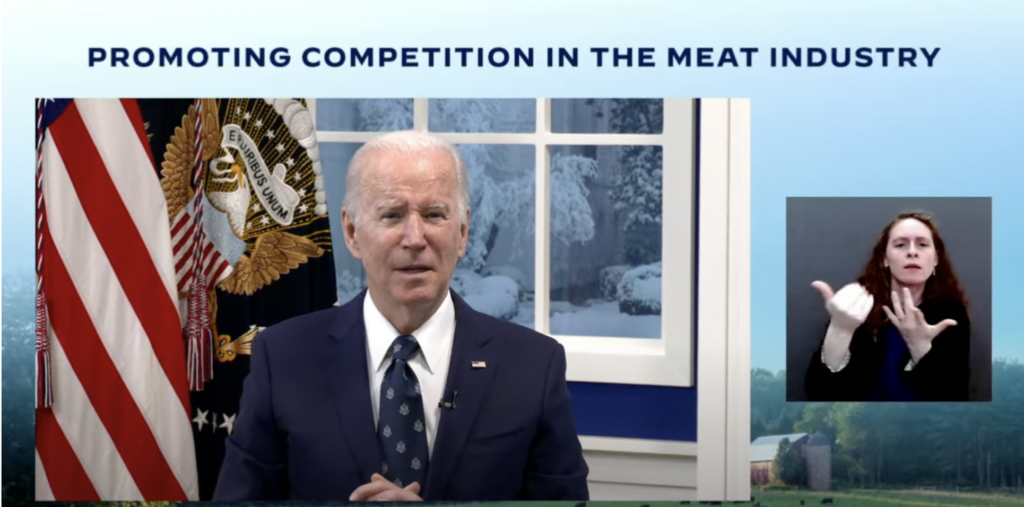
January 3, 2022 — At the “White House Roundtable on Promoting Competition and Reducing Prices in the Meat Industry,” President Biden demanded that farmers and ranchers get a “Fair Shake”. That same day, the White House released the Action Plan for a Fairer, More Competitive, and More Resilient Meat and Poultry Supply Chain. The Action Plan included the development of three proposed rules to provide greater clarity and strengthen enforcement under the Packers and Stockyards Act in order to protect farmers and ranchers from the abuses of meatpackers and processors.
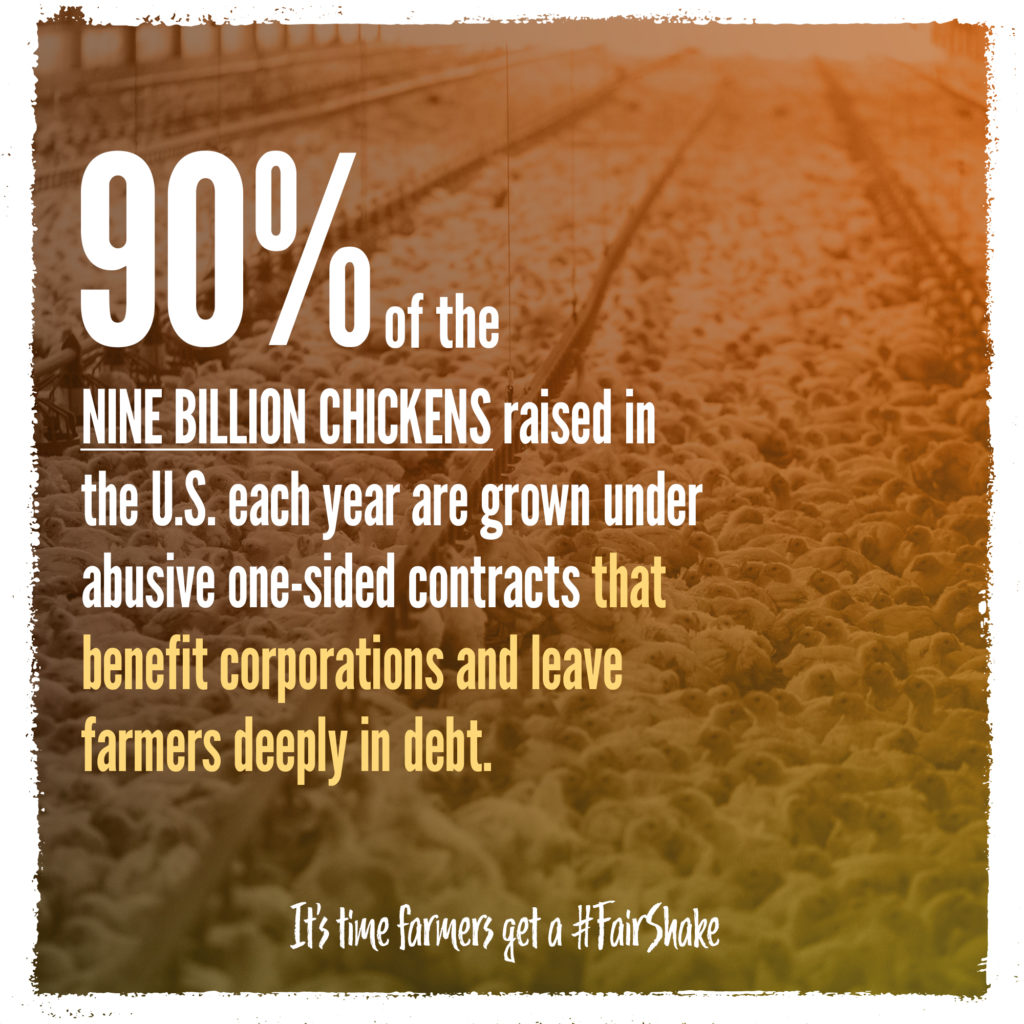
May 2022 — The first new proposed rule under the Packers and Stockyards Act is released: Transparency in Poultry Growing Contracts and Tournaments. This rule will make needed improvements to the poultry payment system. It also aims to create a more even playing field for growers, prevent deception and abuse and strengthen the ability of poultry growers to make informed production contract decisions.

To suppress their voice, companies intimidate farmers. At two separate congressional hearings this year, some farmers and ranchers refused to testify due to fears of retaliation. While the public comment period on the first rule is open, a large U.S. chicken company, Mountaire, sends out letters to urge farmers to oppose the new Transparency rule aimed at improving their conditions.

September 2022 — The second new proposed rule under the Packers and Stockyards (P&S) Act is released: Inclusive Competition and Market Integrity under the Packers and Stockyards Act. USDA proposes this rule to combat discrimination and retaliation against farmers and ranchers and to provide for clearer, more effective standards to govern the modern livestock and poultry marketplace.
